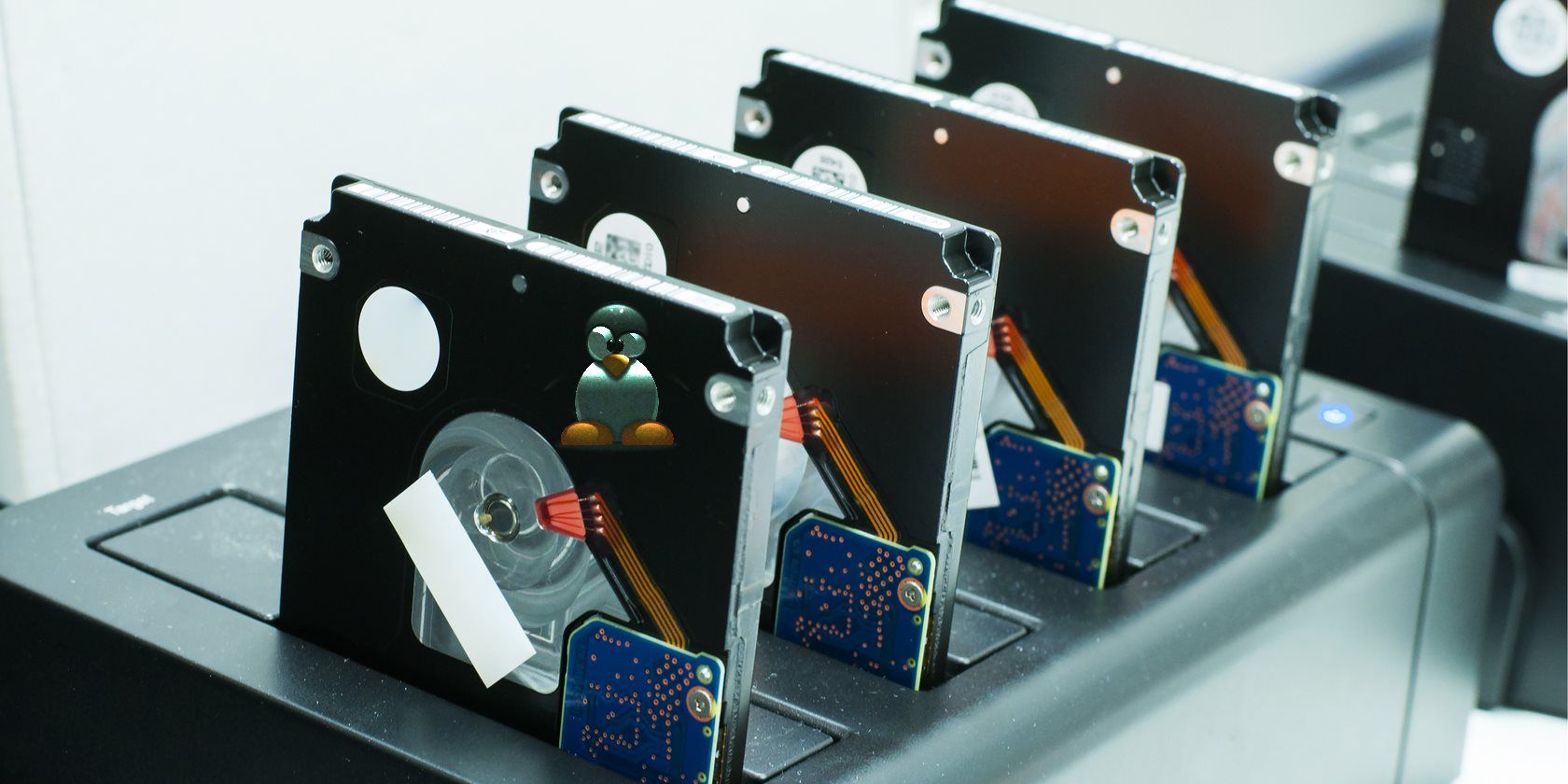Hi all,
What will be the difference in performance for my use on following AMD CPUs;
1)
AMD Ryzen 9 7900X Processor 12C 24T 76M Cache, up to 5.6GHz, Socket AM5
and
2)
AMD Ryzen 9 7950X Processor 16C 32T 80M Cache, up to 5.7GHz, Socket AM5
I'm prepared to build a new desktop PC with 64G RAM and 4K display card using for;
Graphic Editing
and
Virtualization (VirtualBox)
with 40 cloned websites running, duplicated on the live websites running on Internet. The 40 cloned websites are not open to public,
Which AMD CPU shall I selected.
Is there any other suggestion ?
Thanks in advance
Regards
What will be the difference in performance for my use on following AMD CPUs;
1)
AMD Ryzen 9 7900X Processor 12C 24T 76M Cache, up to 5.6GHz, Socket AM5
and
2)
AMD Ryzen 9 7950X Processor 16C 32T 80M Cache, up to 5.7GHz, Socket AM5
I'm prepared to build a new desktop PC with 64G RAM and 4K display card using for;
Graphic Editing
and
Virtualization (VirtualBox)
with 40 cloned websites running, duplicated on the live websites running on Internet. The 40 cloned websites are not open to public,
Which AMD CPU shall I selected.
Is there any other suggestion ?
Thanks in advance
Regards




